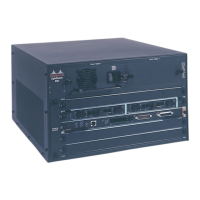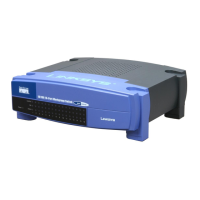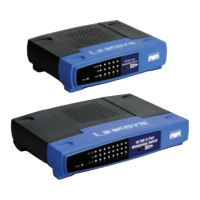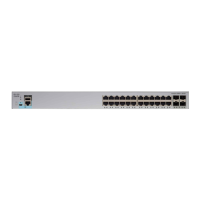• Default route—Add a default route through the outside interface.
• NAT—Use interface PAT on the outside interface.
• Access control—Allow traffic from inside to outside.
To configure a basic security policy, complete the following tasks.
Configure Interfaces (6.5 and Later), on page 103
Configure Interfaces (6.4), on page 107.
Configure the DHCP Server, on page 110.
Add the Default Route, on page 111.
Configure NAT, on page 113.
Allow Traffic from Inside to Outside, on page 115.
Deploy the Configuration, on page 118.
Configure Interfaces (6.5 and Later)
Add the VLAN1 interface for the switch ports or convert switch ports to firewall interfaces, assign interfaces
to security zones, and set the IP addresses. Typically, you must configure at least a minimum of two interfaces
to have a system that passes meaningful traffic. Normally, you would have an outside interface that faces the
upstream router or internet, and one or more inside interfaces for your organization’s networks. By default,
Ethernet1/1 is a regular firewall interface that you can use for outside, and the remaining interfaces are switch
ports on VLAN 1; after you add the VLAN1 interface, you can make it your inside interface. You can
alternatively assign switch ports to other VLANs, or convert switch ports to firewall interfaces.
A typical edge-routing situation is to obtain the outside interface address through DHCP from your ISP, while
you define static addresses on the inside interfaces.
The following example configures a routed mode inside interface (VLAN1) with a static address and a routed
mode outside interface using DHCP (Ethernet1/1).
Procedure
Step 1 Choose Devices > Device Management, and click the Edit ( ) for the device.
Step 2 Click Interfaces.
Cisco Firepower 1010 Getting Started Guide
103
Firepower Threat Defense Deployment with FMC
Configure Interfaces (6.5 and Later)

